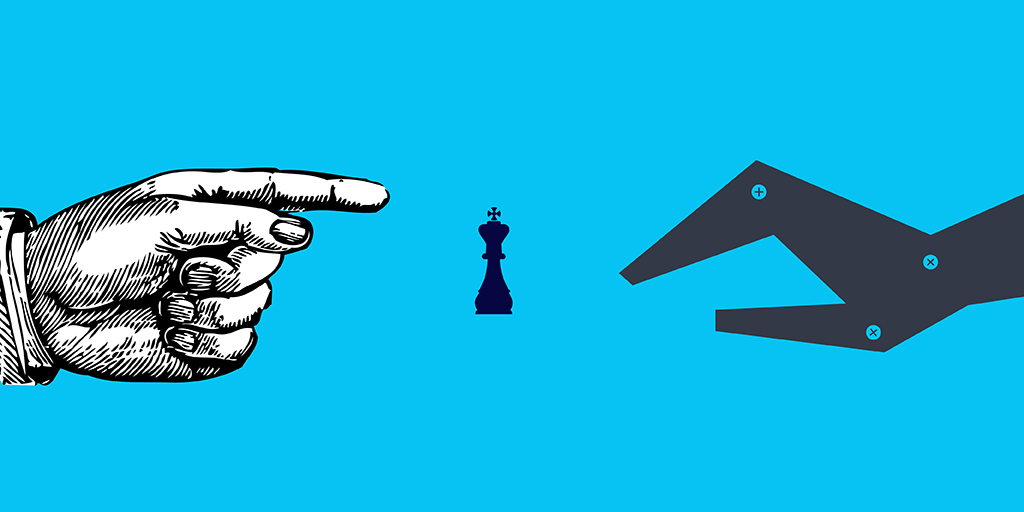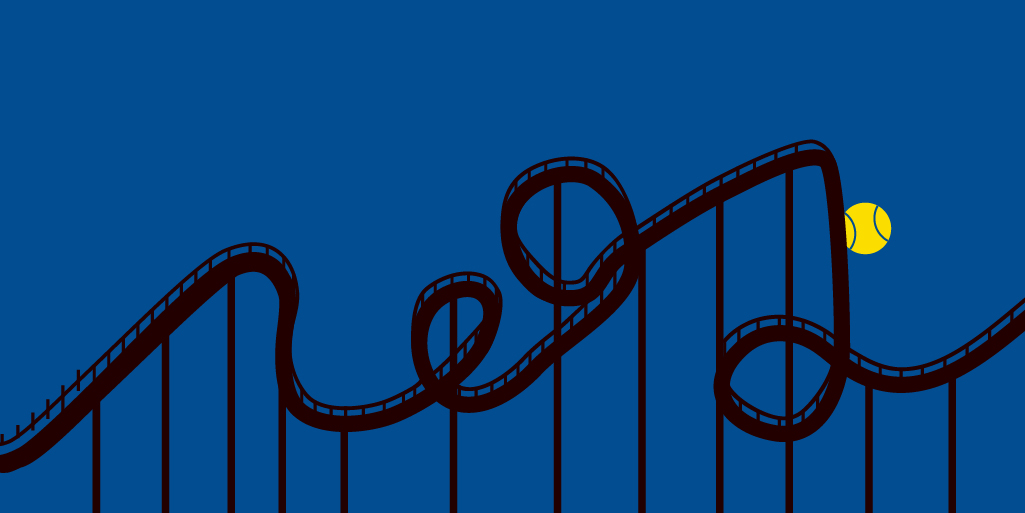Value bets are difficult to find.
Bettors use an array of different methods to choose the bets they place. For some it’s just experience, others follow their intuitions, or they might just bet for their favourite team or player. Many bet almost at random, equivalent to playing the lottery.
However, many profitable punters use sophisticated software with large databases of past results, they can calculate statistics, model the results, (or follow tipsters recommendations that use these tools), and the most advanced can even us AI Machine Learning Algorithms for Sports Betting to find value bets.
There are also other “value bet” methods that consist of comparing odds between sharp and soft bookmakers, we’ll delve deeper into those methods in future articles.
How Do The Methods Differ?
If we order the “methods” from the least to most sophisticated, we would order them as follows:
Less sophisticated <–> More sophisticated
Random < Sentiments < Intuition < Experience < Statistics < Models < Artificial Intelligence
In all likelihood, the bookmakers use several of these methods to set their odds, so if we want to win, we should utilise the same weapons. Our advantage is that we can choose when to bet or not, while they must offer odds for almost any possible result. They have to spread their resources across a massive volume of markets to stay competitive and profitable in the Bookmaker battles. We can use our resources on any market we choose.
“To Bet Or Not To Bet” (The Punters Dilemma)
Many professional tipsters are probably using a method that incorporates both experience and statistics, some may also use models. We are going to compare these tipsters to the ability of AI Machine Learning Algorithms, and bring you the pros and cons for both:

First of all, full credit and recognition to the bettors and tipsters who successfully leverage their intuition, observation, statistical analysis and knowledge to make their predictions. There are those who say it’s talent and those who say it’s just luck, but I think that behind these predictions there’s a lot of patience and work.
A tipster, like any human, is a victim of loss aversion, or when they win, can suffer from an excess of confidence. This loss aversion often causes tipsters who have obtained good results to reduce their bet size, so they don’t unconsciously lose what they have won. This is what could be called “catenaccio” in betting.
However, an artificial intelligence method has no emotions. When it wins it doesn’t care, when it loses it doesn’t care. It just wants to maximize the risk/benefit ratio.
Testing Your Method
One of the reasons for the robustness of AI methods is that backtests can be done. We can make simulations of what bets we would have made in the last two years.
However, it is very difficult for a tipster to say, “If I changed my criteria or my method of betting, what bets would I have made in the last two years?” They test their method in real-time, and many times the variance can result in them making wrong decisions.
Yield Vs Volume
As for the yield or profit per bet volume, tipsters often get high values, since they choose few bets, bets in which they are confident will present value.
On the contrary, an algorithm that tries to maximize the profit can choose odds that only offer small value. It is a criterion that would be fixed by the programmer of the AI algorithm, but often bets will be accepted even if they present only a little value, in order to maximize the profit obtained.
Types Of Data
On the point of the quality and quantity of information, a human tipster is able to process more varied information. Elements such as form, injuries, motivation, or player and team psychology, are issues that can be taken into account with your “natural neural network”.
AI algorithms usually only use past results and incorporate some data that is easy to model such as injuries or fatigue, but it is very difficult to understand some aspects of the sport such as mood or concentration of players or teams. However, they benefit from a much greater amount of information. All the available information. And in this age of information, it’s relatively easy to get a lot of it.
As a result of the large number of bets that can be recommended by an algorithm, the influence of variance is less, or in other words, the long term is reached a lot quicker. A tipster, with tens or a few hundred bets per month, will probably take years to reach the number of bets by which variance plays a small role. And those years could be set back even further by human hurdles, like tiredness, changing methods or being discouraged by variance.
Humans are “good” at distinguishing probabilities close to 50%. Knowing whether one outcome is somewhat more likely than another is easier than estimating very high or very low odds. That’s why tipsters tend to specialize in narrow quota ranges and are often close to 2. That’s why Asian Handicaps or Over/Under are so liquid.
An algorithm, if necessary, is capable of estimating high, medium or low probabilities, and that is why the odds ranges in which they find value are very wide.
Calculating ‘Minimum Profitable Odds’
Finally, thanks to this precision in the estimation of probabilities, it is possible to estimate the “Minimum Profitable Odds” and a bet size that optimizes the benefit/risk ratio, using formulas such as Kelly’s Criterion.
For a tipster, it is extremely difficult to estimate the “Minimum Profitable Odds”, and usually uses a constant bet size because they won’t know the exact value of their bet. Some do, but it is very difficult to do it well, but if done, it has enormous merit. For this reason, it is advisable that the tipster estimates the odds without seeing the bookmakers’ odds, to avoid the anchor effect.
Conclusion
The two methods have great differences, but they can both be profitable. The sole important factor is betting on odds ranges that have value, the more the better.

Tell us your thoughts in the comments below, do you favour tipsters or AI betting methods?






An AI approach does not take holidays, does not suffer from a poor nights sleep, does not even require attendance by the human on a daily bet by bet basis. What draws people to human opinion based betting besides the learning curve of AI?, well probably ego. There is greater satisfaction in saying I backed X than my model backed X. Of course satisfaction or at least the ego based type should not be an ingredient but unlike my betting app, I am not a machine
Hi, Mark!
I agree. Since AI algorithms don’t sleep, they can find many more opportunities.
However, I don’t think that relying on human-selected bets is a matter of ego, it’s simply that not everyone has the time and resources to program an AI algorithm, do back testing and set up everything needed to make it work automatically.
The effort required to find and use a working A.I. algorithm can be very high. Maybe if you have a good statistical model it is easier, but it is very difficult that a simple model beats the bookmakers.
Depends what you mean by a simple model
y tu , personalmente con quien te quedas? humano o maquina.